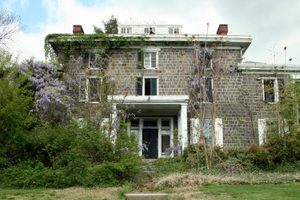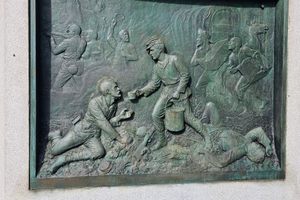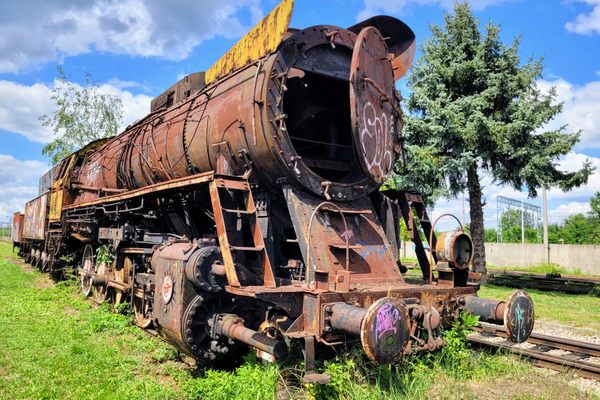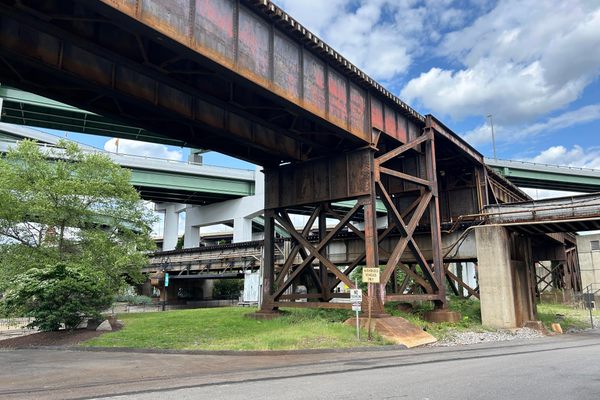About
When the Wilmington & Western Railroad first opened in 1872, steam-powered engines transported people and goods from the mills and farms lining Delaware’s scenic Red Clay Valley to the Port of Wilmington. Today, the mills and farms have all but shuttered, but folks visiting Wilmington can still take in the natural beauty of an iconic wooded valley while riding century-old trains over tracks laid down shortly after the Civil War.
The 10-mile route strikes out west from Wilmington, first passing the Greenbank Mill, the only surviving mill along the historic route, which produced hubs, spokes, and rims for the Wilmington carriage industry as far back as the 1850s. You’ll then pass Brandywine Spring Park, where stone foundations are all that remains of a once-bustling historic amusement park, before traversing the backyards of Faulkland neighborhoods, where you might see resident children waving as you pass by.
The Wooddale Rock Cut is rather adrenal, with the walls of a roofless tunnel inching to within five feet of the train on either side. It’s also a fitting segue into the Wooddale Covered Bridge, one of only three in the state. The train—until this point winding and meandering along the Red Clay Creek—enters a calming straightway through the fields of Barley Mill before entering the 650-acre woodland of Mt. Cuba where riders can de-train and picnic. The train will cross an iron bridge in Ashland and pass by some of the world’s largest historic snuff mills in Yorklyn before climbing Hockessin Hill, in view of an abandoned pit mine from which tons of kaolin—an essential ingredient in producing china plateware—was once extracted. If you missed any of the scenic or historic sites on the way out, you’ll get a chance to spot them again on the ride back.
Beside its typical 10-mile route, the heritage rail offers special holiday lines throughout the year, serving green beer aboard a St. Patrick’s Express, decorating their historic coaches for the Santa Claus Express, boarding a human-sized lagomorpha for the Easter Bunny express, and the like. A helpful calendar on their website outlines not only the day, time, and route on offer, but also the specific train that will power the journey (the 1929 Pennsylvania Railroad “Doodlebug” car is a crowd favorite).
Related Tags
Community Contributors
Added By
Published
March 10, 2023








































